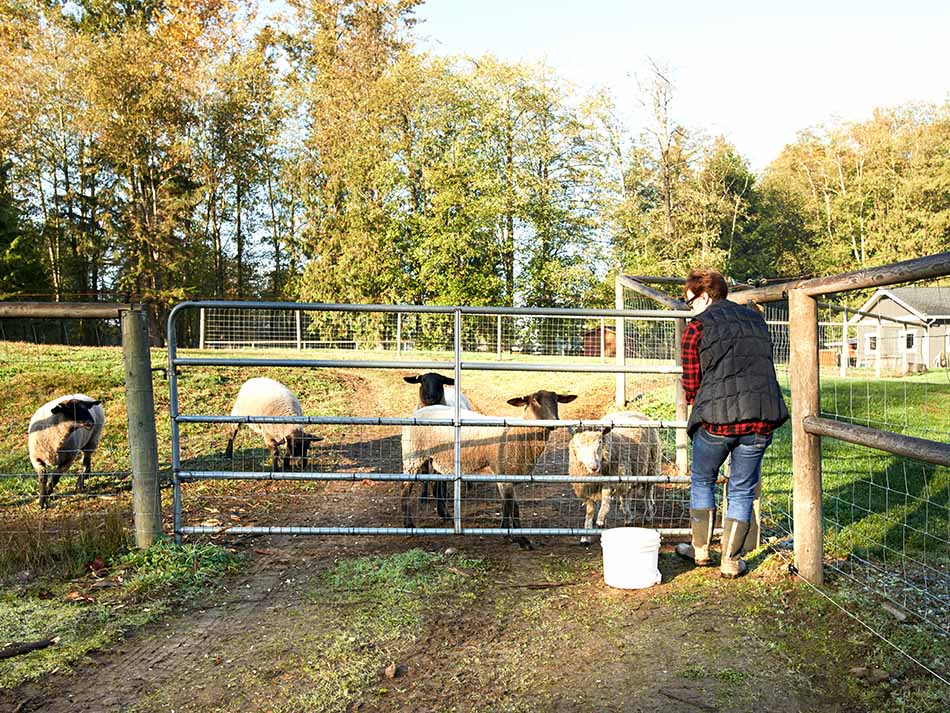Fence Building Basics
April 16, 2023
If you have acreage, and particularly livestock, mending and building fences are always on your mind. Running a fence over a span of acres or even miles requires thought, planning and effort.
If you’re new to fence building, a terrific first step is to head to your local Coastal and seek out one of our building and fence specialists. Our employees understand how to build a sturdy fence, including help with layout and design as well as material needs. Or fill out the Direct Sales Quote form and tell us about your project. Our pros will help you decide what materials are best suited for your project, how much you need, and get you a quote.
Materials & Tools
Here's a quick look at a few things you'll need to get your project going.
- A helper. It’s nearly impossible to build a long wire fence by yourself.
- Wire. The type will depend on the kind of fence you want. Choices include barbed, field fence, horse fence, electric, high-tensile (coated or uncoated), vinyl fencing and specialty fencing (like chain-link or Cattle panels).
- T-posts (metal) or wooden posts, depending on your needs.
- Post-Driver or Post Hole digger (manual – by hand or gas-powered).
- Wire strainers, fasteners.
- Fence stretcher.
- Fence pliers, crowbar, Heavy-Duty Wire Cutters and gloves (very important).
- Battery, solar panel (for charging battery) and insulators for electric fence
Know Your Boundaries
Before you begin building, locate your property line. You’ll want to build inside of the line (on your side) of the property line. Some states have strict guidelines about bordering with fences. Check your state or county to make sure there aren’t special guidelines in your area.
Basic Overview of Steps
Once you have a basic idea of the tools and materials you'll need, and where your property line is, it's time to build. Here are some basics to ensure a tight, secure fence that can last for decades.
Setting the Posts – The posts are the foundation of the fence. If the posts aren’t set correctly, your fence will never be stable or long-lasting. There are different posts, including corner posts, brace posts and line posts. Properly setting your posts in the ground (whether metal or treated wood) is critical to having the sturdiest fence possible.
Stretching the Wire – Creating a straight and taut wire is essential. Too loose and livestock will go under or simply through the fence. Livestock can also become entangled, which is dangerous. Using a fence stretcher will ensure proper tightness and the ultimate stability of your fence.
Attaching Wire - This is an important step. Staples are often used for wood whereas fasteners are used for wire and insulators for electric fences. Make sure the fasteners are tight and secure.
Coastal Knows Fencing
Put your trust in our fencing specialists, whether you’re mending or building. We’d like nothing better than to help keep your livestock in and unwanted visitors out. Your West Coast-owned and operated Coastal carries everything you need for fence building, from wire, to wood, to tools, to outdoor clothing.
